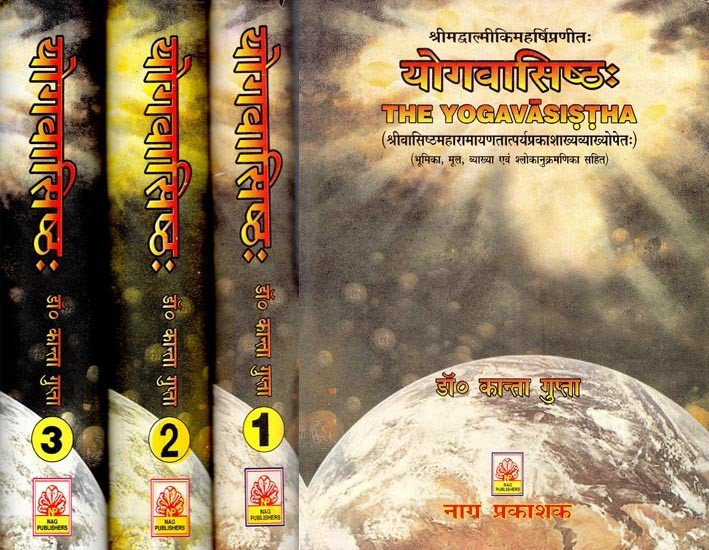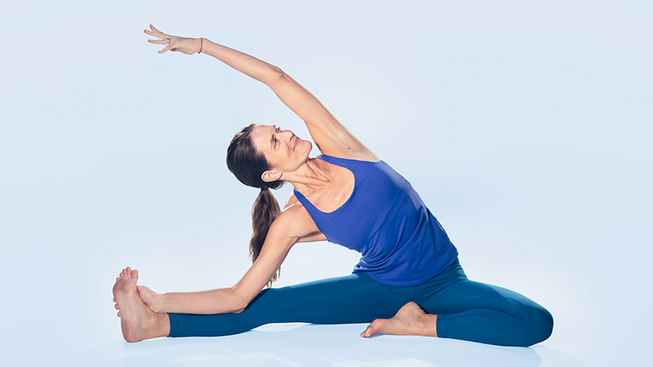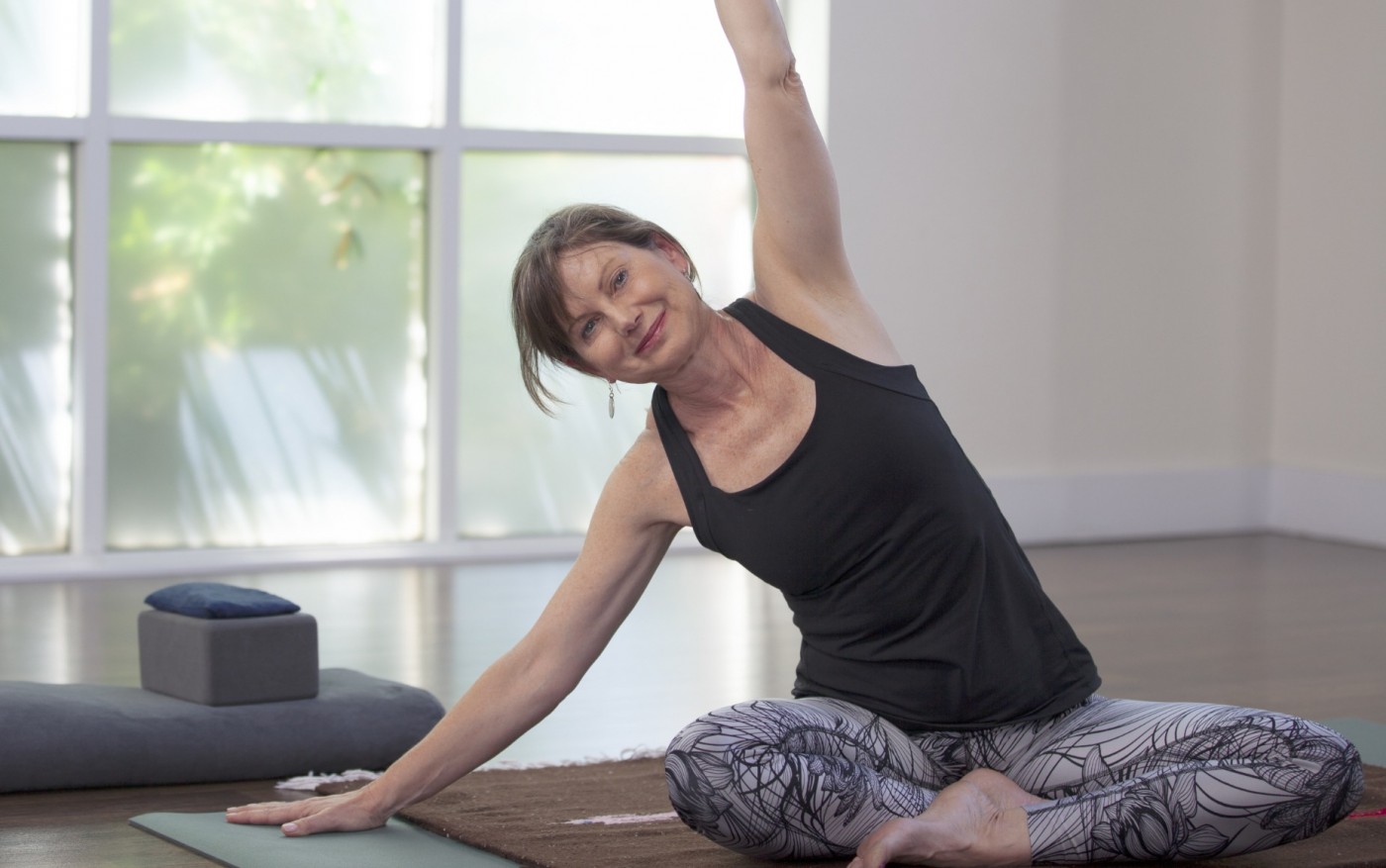
Vinyasa, a style that focuses on flowing and dynamic sequences of postures, is a form of yoga. It is a form of intense yoga that improves your cardiovascular system. Learn more about this dynamic form of yoga in this article. You'll be amazed at how beneficial this form of yoga can be.
Vinyasa Yoga is a type of modern yoga.
Vinyasa yoga is a high-energy form of yoga that is practiced at a fast pace and with varying intensities. Although Vinyasa is often compared to Hatha yoga in many aspects, it is very similar to power yoga. It is great for both beginners and advanced yoga practitioners who want to move more often during their practice.
Vinyasa yoga has a lot of popularity. Classes can be as small as fifteen people to fifty. Generally, instructors are required to have at least two years of experience teaching yoga and a 200-hour certification program. There are many vinyasa instructors who do not require mentorship.

It is a fluid, dynamic sequence of poses
Vinyasa yoga is a dynamic sequence of yoga poses that supports the transition into and out of poses. The body contracts and expands during the flow by inhaling and exhaling. This is helpful when trying to achieve balance in a single pose, or to transition between poses.
Vinyasa is great for flexibility, strength, and building muscle. While the class's speed is higher, it can offer more cardio work. There's also a moderate amount between poses. A study of 38 participants in vinyasa Yoga revealed that it is an aerobic activity that builds strength, stamina, and endurance.
It is more intense that other styles.
Vinyasa yoga classes can be taken by anyone. The more challenging classes will be marked as intermediate or advanced, and you should be aware of your body's limitations. If you are injured or unable to do certain poses, you can request modifications. The classes usually last between 45-60 min.
Vinyasa yoga is a type of yoga that moves in sync with your breath. The sequences are fluid and often use music to keep the class lively. This style blends traditional poses with modern ones.

It improves heart health
Yoga, which was developed thousands of years ago in India, is a form of exercise that can improve your heart health. Numerous studies have shown that yoga reduces the risk of developing heart disease. A recent study of yoga participants found a significant reduction in the rate of left ventricular ejection fraction.
Vinyasa poses many benefits to the heart. It can help people improve their lung capacity as well as boost their cardiovascular health. Lifestyle and environmental factors can impact lung capacity. People who are more active or live in areas that have high levels of pollution will have lower lung capacities than people who are active. Because of this, vinyasa yoga is a great way to improve lung capacity. It is gentle enough that it can be done by anyone, and far more effective than strenuous exercises like jogging. Practitioners are encouraged to use their breath to regulate heart rate. This is crucial for maintaining good heart health.
FAQ
How long does it take yoga to work?
Yoga takes time, but you are always guaranteed a great workout. It takes time in order to build strength and flexibility. Slowly increase your intensity until you reach your ideal level.
The key is consistency. You will improve your skills if you practice it more often.
Which type of yoga is best?
Beginners often get confused by the many styles and types of yoga poses.
Hatha Yoga, which emphasizes physical fitness and stretching, is the most popular form of yoga. It can be used to reduce stress and improve focus.
Another popular style is Kundalini Yoga which involves breathing techniques and meditation. This practice has many health benefits including increased flexibility, balance, power, and strength.
Yin Yoga, a type of yoga that focuses on relaxation and calming the mind, is another option. Yin Yoga emphasizes the importance of holding postures or poses for longer periods.
Is it possible for me to practice yoga at home?
Absolutely! There are many different ways that you can practice yoga at-home. For example, videos, DVDs/CDs, CDs, magazines and apps can all be used to practice yoga at your home.
You can even download free online yoga videos on YouTube. But, it is best to get a professional instructor to guide your movements.
How long do yoga classes last?
Yoga classes typically last between 45 and 90 minutes. Some teachers offer shorter and longer sessions at different times of the week.
Where can you find a certified yoga teacher?
Local yoga teachers are available. You can also search online for a qualified yoga teacher if you don't live in a nearby area. You might also consider signing up for a class that allows you to register online.
What do the studies say about yoga and its benefits for health and well-being?
Yoga has been proven effective at improving mental health, reducing stress, and promoting overall well-being. It is also a great way to lose weight and maintain a healthy BMI (body mass index).
Yoga can reduce blood pressure, improve cardiovascular function, increase immune system functioning and help with stress management.
These are just a couple of benefits of yoga.
This list could go on forever!
What do I need in order to practice yoga?
You will need a mat (some are foldable), some loose clothing, and a towel or blanket to place under your head while lying down.
For certain poses, you might also need props such as straps, blocks, bolsters and blankets.
In general, however, you shouldn't need anything else. You must have a desire for positive change in your life and be willing to dedicate yourself to yoga.
Statistics
- A 2020 review of 27 studies (1,805 total participants) of yoga interventions in children or adolescents found reductions in anxiety or depression in 70 percent of the studies, with more promising results for anxiety. (nccih.nih.gov)
- In comparison, a 125-pound person is estimated to burn 135 calories in 30 minutes of walking (at a pace of 15-minute miles) and 210 calories bicycling at a moderate pace on a stationary bike. (everydayhealth.com)
- Gentle yoga has been shown to ease some of the discomforts of tender, swollen joints for people with arthritis, according to a Johns Hopkins review of 11 recent studies. (hopkinsmedicine.org)
- The American Psychological Association recently shared that 84% of American adults feel the impact of prolonged stress (5). (healthline.com)
- According to the Agency for Healthcare Research and Quality, falls are incredibly common among older adults in nursing facilities. Even the simplest ones can increase the risk of death (24). (healthline.com)
External Links
How To
Yoga is a good exercise?
Yoga isn't just for people who want to lose weight. It also helps you develop flexibility, balance, coordination, strength, focus, and calmness.
Yoga is more than just exercise. It's also an art form. They are used to relax and meditate. They improve posture, concentration, and respiration.
Yogis are those who practice yoga. Yogis follow various forms of yoga, including Hatha, Ashtanga, Iyengar, Vinyasa, Bikram, Kundalini, Yin Yang, and Restorative.
There are many types of yoga, but they all have similar goals. Each style focuses on different aspects. Yoga styles include Hatha, pranayama (meditation), and pranayama (pranayama).
Some yoga exercises that require no equipment are:
-
Sun Salutation: This series of 12 postures begins with a forward bent, and then 10 additional poses.
-
Warrior Pose: While holding a stick, or staff, you can do a warrior pose.
-
Triangle Pose – This is a pose where you raise one leg behind your head and bend at the knee.
-
Standing Forward Bend: This pose involves sitting straight up on the ground and folding forward at your waist.
-
Seated Twist: This is a pose that can be done while seated on a mat or in a chair.
-
Cobra Pose – This is a pose where you lie flat on your back and raise your arms above your head.
-
Child's Pose – This is the position where you lie face-up on the ground.
-
Cat/Cow Pose -- This pose is a mix of a cow pose and a cat pose. Keep your head down and raise your upper body above the ground. Next, roll onto your back and place both of your hands under you shoulders.
-
Head Tilt--This pose requires that you tilt your head back with your eyes closed.
-
Shoulder Stand: This is when you stand straight with your feet up and your arms extended above your head.
-
Tree Pose – This pose involves kneeling on your heels with your hands beneath your shoulders.
-
Bow Pose – This is when you bend forward from your hips and place your hands on the ground.
-
Corpse Pose: This pose can only be held for five seconds.
-
Mountain Pose - The mountain pose is where you stand tall while your spine is straight.
-
Legs up the Wall Pose: This pose requires that you hang upside-down on a wall.
-
Side Angle Pose -- This pose requires you to lean against a wall and place your right arm in front of the wall.
-
Plank Position - This position is achieved when you lie flat on your stomach and extend your left arm and right foot away from each other.
-
Bridge Pose- Balance on your elbows and toes for this pose.
-
Reverse Table Top Pose: This is when you lie on your stomach and extend your arms towards the ceiling.
-
Handstand - This requires strength and balance. Hold yourself in between two walls or use a door frame to do this pose.
-
Half Moon Pose - This pose is also known as Hero Pose. It is performed by standing on your hands and toes.
-
Headstand (or Hold) - This requires strength and balance. You can do this pose on a wall (or using a doorframe).
-
Forearm Balance – This is a pose where your forearms rest on a tabletop.
-
Spinal Twist - This pose lies on your belly while reaching your arms.
-
Supported Bound Angle Pose - This pose requires balance and support. For this pose, you will need to find something sturdy like a branch from a tree or an old beam to support you.
-
Wide Leg Forward Fold – This is achieved by extending your legs out and touching your toes.
-
Single Pigeon Pose - This pose is similar to the wide leg forward fold but has only one leg extended.
-
Extended Puppy Dog Poses - This pose can be very relaxing. You can do this by extending your legs and bending your knees.
-
Sitting Forward Bend - This position involves sitting cross-legged and stretching the hamstrings.
-
Crow Pose is a difficult pose that can be very rewarding once you have mastered it. To do it, raise your arms up above your head while lowering your arms to the floor.